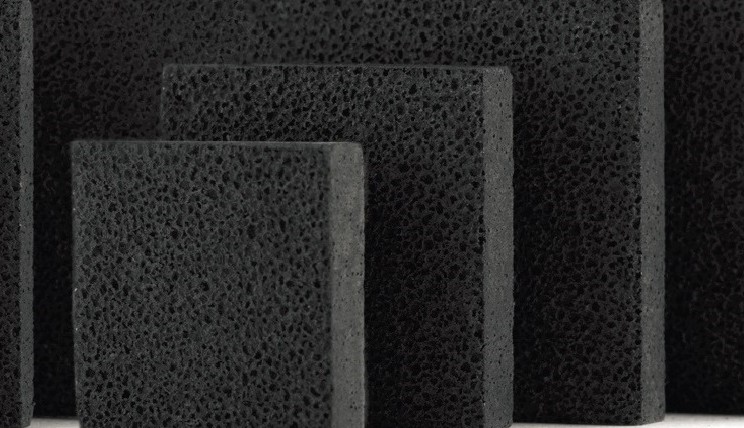Copper foam cools better
January 20, 2016
on
on

Thermal management and design is important to the reliability and function of electronic components. Air cooled heat sinks are the simplest and often most efficient method to cool devices. Conducting heat away from the components through direct contact, heat sinks rely on a large surface area to move the heat into the surrounding air. Traditionally micro-channels, fins and pins are used to increase the surface area to enable more effective movement of heat.
The new microporous copper foam material developped by Versarien increases the surface area significantly, improving performance and decreasing the likelihood of component failure. Based on the new material, the LPH00xx series of low-profile heatsinks are targeted at passive cooling within space constrained environments. The structure of this material, which consists of a homogenous distribution of tiny interconnected pores, presents a very large surface area through which superior heat dissipation capabilities can be derived.
The new microporous copper foam material developped by Versarien increases the surface area significantly, improving performance and decreasing the likelihood of component failure. Based on the new material, the LPH00xx series of low-profile heatsinks are targeted at passive cooling within space constrained environments. The structure of this material, which consists of a homogenous distribution of tiny interconnected pores, presents a very large surface area through which superior heat dissipation capabilities can be derived.
Read full article
Hide full article


Discussion (0 comments)